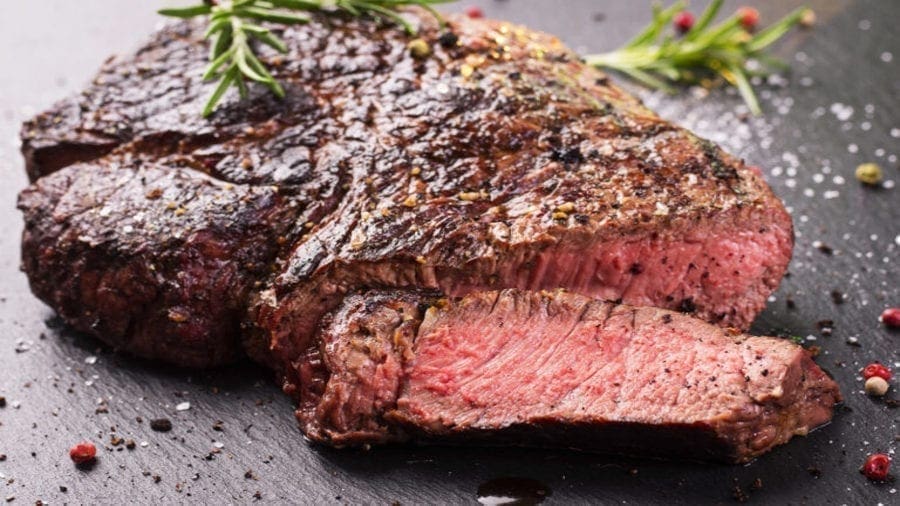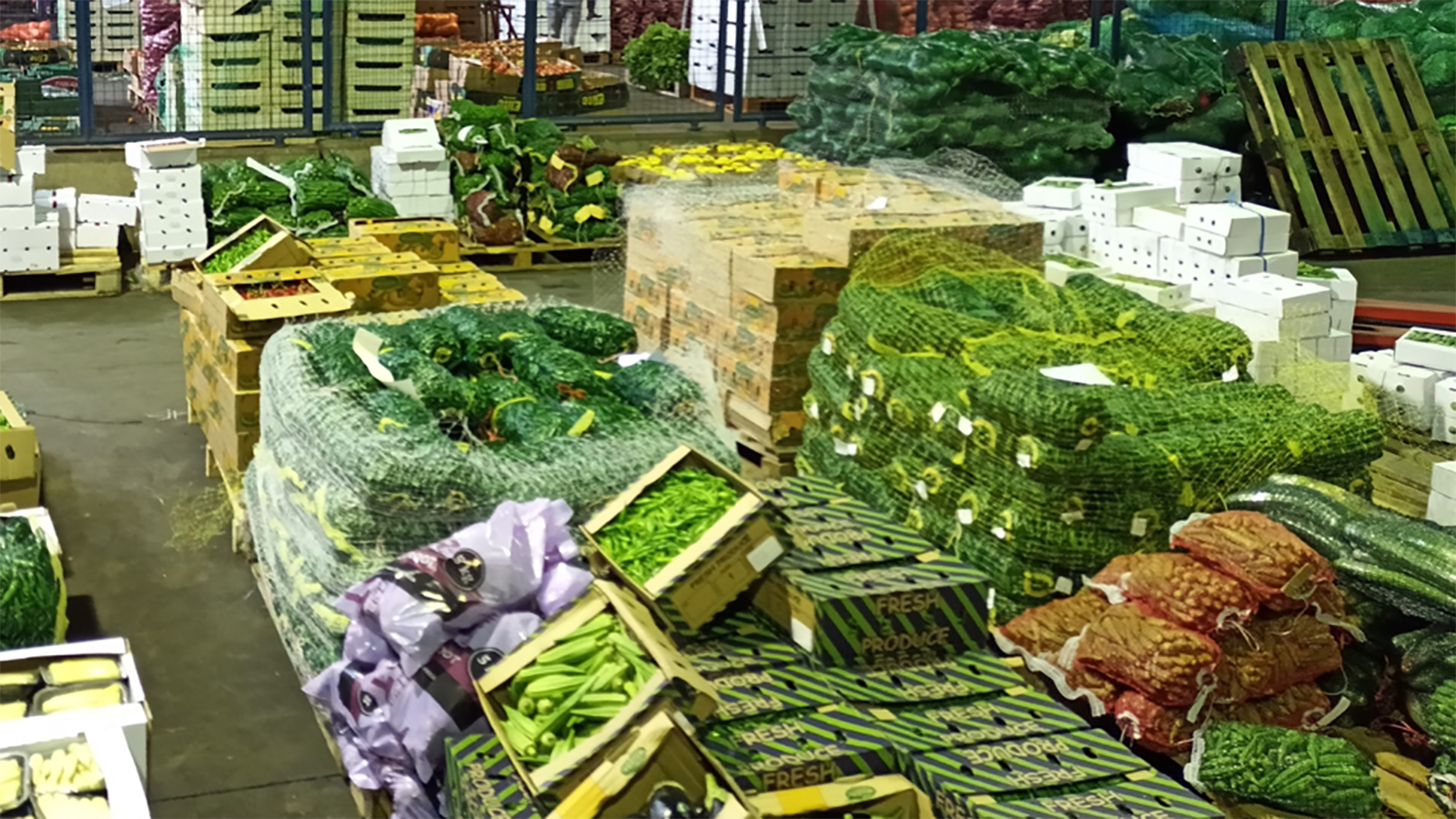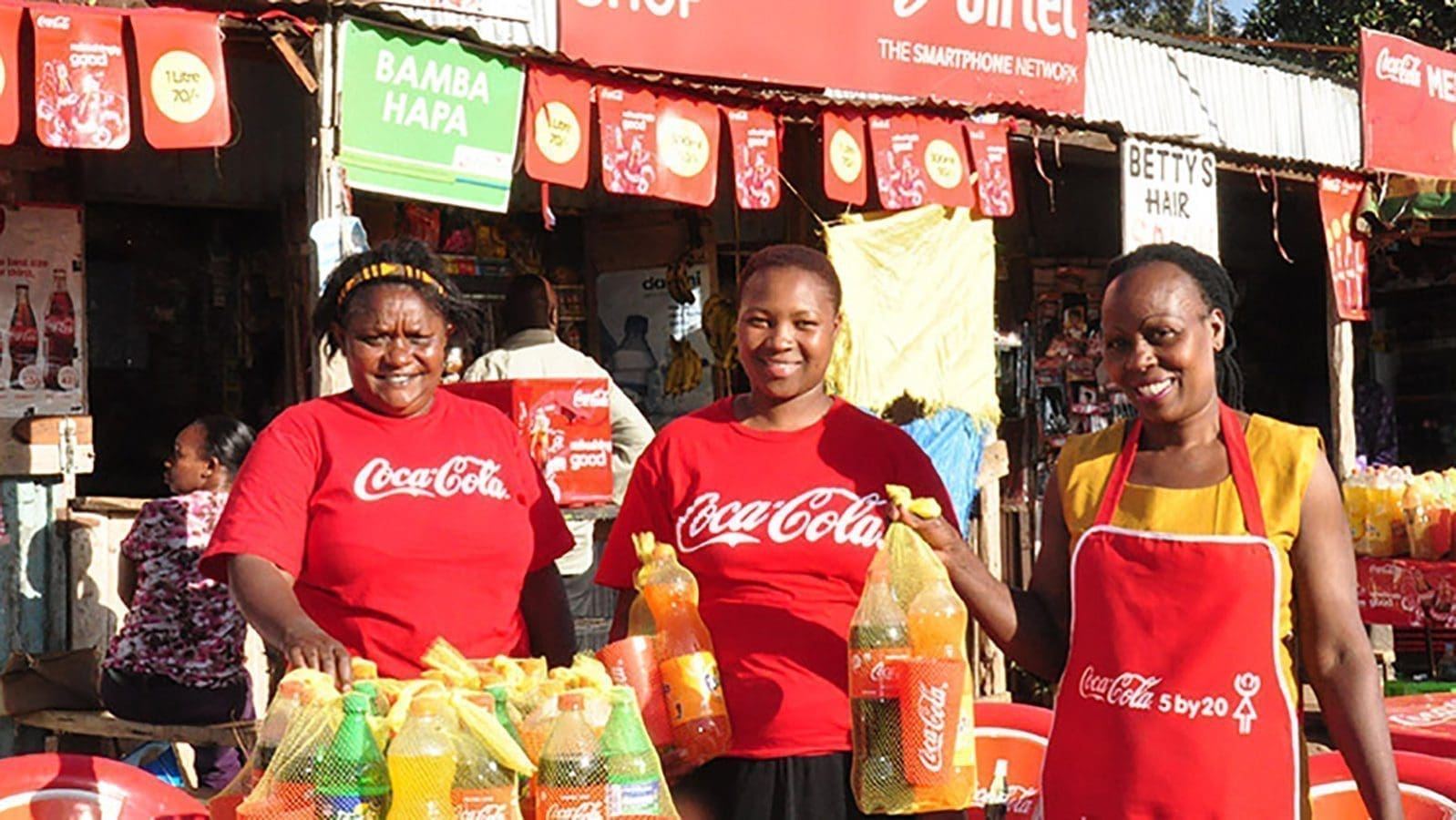NAMIBIA – The Meat Board of Namibia is scouting for new markets for Namibian beef in a bid to expand its base and earning.
Some of its current markets include South African, USA, Norwegian and European Union and according to the board, they are Foot-and-Mouth Disease sensitive.
To this end the company has launched several studies and investigations to identify evolving markets and has set eyes on Middle Eastern markets which have delivered promising results.
This comes after Namibia penetrated the lucrative Chinese and American markets.
In March 2019, Namibia became the second African country, after South Africa, to meet China’s beef import requirements following negotiations that began in 2011 when an agreement on animal health and quarantine was signed in Beijing.
The arid southern African nation also became the first country on the continent to export red meat to the United States after sending 25 tonnes of beef to Philadelphia in February this year, following two decades of haggling over safety regulations and logistics.
In 2019, Namibia exported about 12,400 metric tonnes of meat to Norway, Britain, the European Union, and Chinese markets.
Meatco CEO Mwilima Mushokabanji in an interview with Xinhua said that the new markets targeted will be served by northern communal areas.
“Strategic interventions are being put in place to establish a beef value chain involving fodder production under the green scheme, improve the quality of animals in feedlots, and operate the Rundu abattoir and export products to these markets through a commodity-based trade approach under the Meat Market Africa brand,” he said.
Despite its pursuit of venturing into new markets, the board has noted that the country needs to be cognisant of the current limited production of cattle and beef as a consequence of the 2019 drought and that further research on alternative markets will not necessarily lead to market utilisation.
The total cattle marketing decreased by 31 percent in the January-August compared to the same period in 2019.
The decline was registered in spite of producer prices showing a 2 percent increase for slaughter cattle and a 39 percent increase for weaner calves.
Exports of weaner calves that represent 63 percent of the total cattle market share decreased by 49 percent during the reported period.
“This is mainly due to a low supply and a greater demand from commercial slaughter cattle producers,” said MBN.
In 2019, Namibia exported about 12,400 metric tonnes of meat to Norway, Britain, the European Union, and Chinese markets.
Liked this article? Subscribe to Food Business Africa News, our regular email newsletters with the latest news insights from Africa and the World’s food and agro industry. SUBSCRIBE HERE











